You may have noticed everything is fake now.
Look around on the internet today and you see a place rife with AI slop, clickbait, and commenting bots. As someone who grew up with the internet of the 1990s, this pains me so much. I miss the more innocent days when the web was open, AI was just a pipe dream, and misinformation was not yet part of the lexicon.
Sighhh… *stares wistfully into the distance*.
Anyway, seeing so much more artifice everywhere makes me more determined than ever to keep my little corner here real and genuinely useful. While I’ve shared my thoughts on AI, I haven’t really talked about how I create the content here at Indie Traveller, which might be long overdue.
From conversations I’ve had with travellers, it’s clear that most people have no idea what a travel blogger actually does in a practical sense. Since it’s not a formal job, I almost always have to explain what I do. But further complicating things is that every travel blogger might have their own personal interpretation of what this self-made gig involves.
So, I’m going to do something I’ve never done before: share with you all of the nuts and bolts of everything that goes into making a travel blog. I hope that by being fully transparent, you’ll gain a better idea of the effort involved, some of the trade-offs I have to consider, and above all that you feel like you can trust Indie Traveller.
This is a behind-the-scenes peek, but the focus won’t be on me or my blogging lifestyle. I just want to take you, step by step, through the publishing process at Indie Traveller.
I don’t know how interesting this is to people — maybe no one cares? — but I hope this will inspire some appreciation for the craft.
Alright, let’s lay it all out…
Did you know a single destination guide can take 30+ hours to create? Later I’ll be sharing the exact workflow involved — from initial idea to published piece.
 Exploring hidden canyons in Albania so that I can tell you all about them…
Exploring hidden canyons in Albania so that I can tell you all about them…Our editorial principles
The words “content creator” often make people think of an influencer (someone whose job it is to promote things) but that couldn’t be further from how I see myself.
I see my role much more as that of a writer and publisher. And just as a magazine might have an editorial process, I also follow certain set practices (just at a smaller, more personal scale). Now that I work with a small team of writers, it’s become even more important to have a clear editorial approach.
You can read about this on my editorial policies and disclosure page. But in short, I think travel content is best when it’s based on real people’s experiences.
While we sometimes enhance guides through research or local sources, the core must always be based on someone actually doing the thing. It’s maybe weird that has to be said at all, but some travel sites rely heavily on compiled or generated information without doing the in-person work. To create authentic travel content I believe first-hand experiences are essential.
This is also the reason why I strictly don’t use AI to create content. That doesn’t mean AI can’t be part of the workflow: LLMs can be very useful editing assistants, for instance. But if the point is to offer a more authentic or personal take, that rules out using any such generic inputs as part of the creative process. Travel is so much about real experiences and I think readers can feel the difference. At Indie Traveller, our motto is “by travellers, for travellers”.
Finally, a few years ago I made a decision not to use SEO (Search Engine Optimization) techniques such as “keyword research”. This means using tools that offer statistics on what people search for online so you can create content to match those queries. It’s a hugely popular method in blogging, but it can easily lead to search-engine-first (not reader-first) content. That’s why I now avoid it entirely and rely mostly on my own intuition to decide what to write about.
If you only take away one thing from this post (or, well, three things) I hope it’s the above points, because they are totally key to what I aim for here. Hopefully you agree it makes our travel guides both more useful and fun to read!
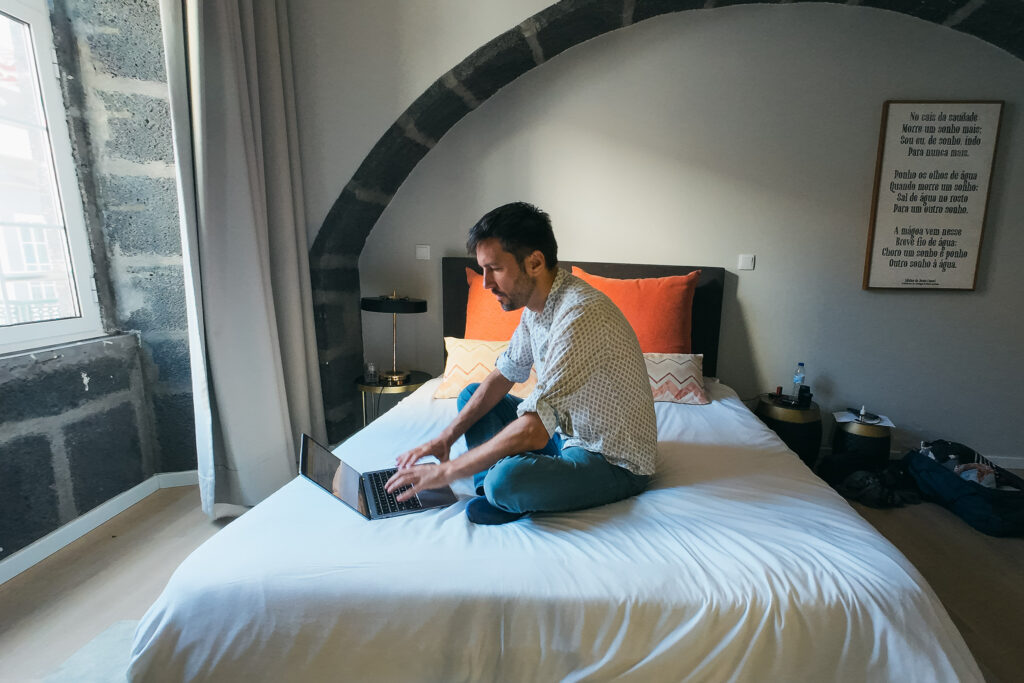 Taking notes after a long day of travel
Taking notes after a long day of travelMy exact process of making a blog post
Alright, let’s dive a bit deeper into the inner workings. Creating a travel blog post takes many steps, from the initial idea all the way to the visual layouting.
Here’s how it currently works at Indie Traveller:
Step 1: The inspiration and ideation phase
Everything actually starts with destination planning. I once travelled very freely just going where the wind takes me, but being a content creator means I need to be a bit more purposeful in where I choose to go. I’m always gathering ideas for my next trips and my choices ultimately depend on a combination of factors.
While I follow my own interests, I try to go to places that I know are interesting to my audience. That sometimes means spending more time in popular travel hubs — the kind of places pretty much everyone flows through and will want to know about. But I will also deliberately add a few more original places (those so-called “hidden gems”) to my itineraries.
Now, the reality is that hidden gems are FAR less important commercially. By definition fewer people know about them or are interested in them (not everyone is into alternative destinations). A lot of my ‘hidden gems’ content actually ends up being loss-making financially. Still, for me they always have to be a part of the mix. I personally love exploring less-known places and I know that some readers are really into this type of content.
 Trip research: my Google Maps is an absolute mess
Trip research: my Google Maps is an absolute messTo make the commercial picture work I need to cover some more established destinations, but I won’t feel good about only chasing the already-popular topics. So my itineraries tend to be a careful balancing act between these two goals. (I sometimes also do trips just for me, but with my blogging trips I do get a little strategic about it.)
Much often still ends up changing during the trip, as I have a somewhat flexible travel style, but I never arrive in a country without at least some solid ideas for where would be interesting or valuable for me to go.
As I mentioned, I don’t use ‘keyword research’ to find topics. I just try to research places and look for other signals or hunches to help me decide what could be interesting.
Step 2: Outlining the posts
When I’m working with external writers, the initial steps are a bit different. Instead of planning a trip, we’ll have a conversation about where they’ve been, what they know about, and where there might be gaps in the content already on Indie Traveller.
Over the last two years, I built up a small team of writers who contribute their specific travel knowledge to this site. This has been instrumental in keeping the site up-to-date, but I also just love including other voices and perspectives — writers often pitch ideas I wouldn’t have thought of!
Choosing the topics is always led by the writer’s own experiences, not some pre-made list. We will throw some ideas around and then I’ll pick ones I think will work. Then we work on a bullet-point outline, giving me the opportunity to give some early feedback. It’s at this stage that we can still make tweaks to the overall flow, ensure it has a good hook/intro, and that it’s differentiated from other guides already out there.
I think a lot about the overall user experience of reading a post. It has to grab your attention and propel you through the whole thing. No reader wants to be forced to plow through dense, tedious paragraphs — they need to be crisp and engaging.
A travel guide should obviously be of practical value, but it should have some personality as well. I like reading what mistakes someone made along the way, or little moments that made their journey memorable. While we don’t really do narrative travelogues, to me it’s essential that a guide clearly comes from a real person with experiences and opinions.
When working with the writing team, I end up being much more of an editor than a blogger. It’s a very different part of the job I really like! My personal rule is that I always need to have been to a country myself at least once before commissioning any articles on it, so that I can effectively edit other people’s writing about that destination.
I look for writers based on their writing skills but also their personal travel knowledge. Take Dustin, who lives in Ho Chi Minh City and has done an amazing job sharing his deep knowledge of Vietnam and its neighboring countries. To see what I mean, just check out his killer guide on travelling Vietnam by train or his in-depth take on Cat Ba Island, a wonderful place often overshadowed by the nearby popular Halong Bay — just to name two fantastic pieces.
Recently we’ve been publishing posts from Tom who has a huge passion for Peru and is currently travelling there long-term. His guide on the Sacred Valley based on almost two weeks of exploration goes beyond the typical day trip that most tourists take.
It’s exciting to work with other writers as it’s taking Indie Traveller to another level. The ways in which my content and the team’s content can compliment each other is also increasingly a factor in how I decide where I go on my own trips.
Check out our write for us page for more info on working with Indie Traveller! We’re still looking for more freelance contributors, especially for specific regions detailed inside.
Step 3: Capturing the experience & writing it down
Okay, switching tack: back to my process for the content I create myself. Next it’s time to gather my travel impressions and create the first draft of my guide.
It may be surprising, but I don’t actually create the content while I’m in the destination. I tried more or less live-blogging trips in the past but this is both incredibly draining and, for me at least, resulted in rushed and lower-quality writing.
I now do most of the work when I’m back home where I’m most productive. It’s not unusual for my content to get published months after I’ve done the trip. For every day actively travelling, I’d say it takes at least 3 or 4 working days to convert that into polished content, so I want to take my time and use my trips purely for travelling.
It turns out that having some distance from the experience actually helps me write a lot better. When I’ve had some time for reflection it’s often easier to find the right words or to offer a more balanced take.
I do take lots of notes during my trips and record lots of video and photos. I’m actually quite obsessive about capturing the experience. The type of visual material you need as a blogger is often very different from someone just recording their travel memories though. Besides photos of popular sights, I often need pictures of certain basic concepts for illustration purposes (like food, transport options, etc.). One time in a village in Mexico a man came up to me asking why I’d taken like 20 photos of his taco stand. Sorry, I just really needed a good photo of a taco stand.
When writing my draft I always remind myself it’s not just about me. While I’m sharing my own experience, I think of how other people might experience it differently. What would I recommend for solo travellers or for couples? What if you don’t surf/hike/scuba dive — is this place still worth it? Thinking of some different angles can make a travel guide more generally useful.
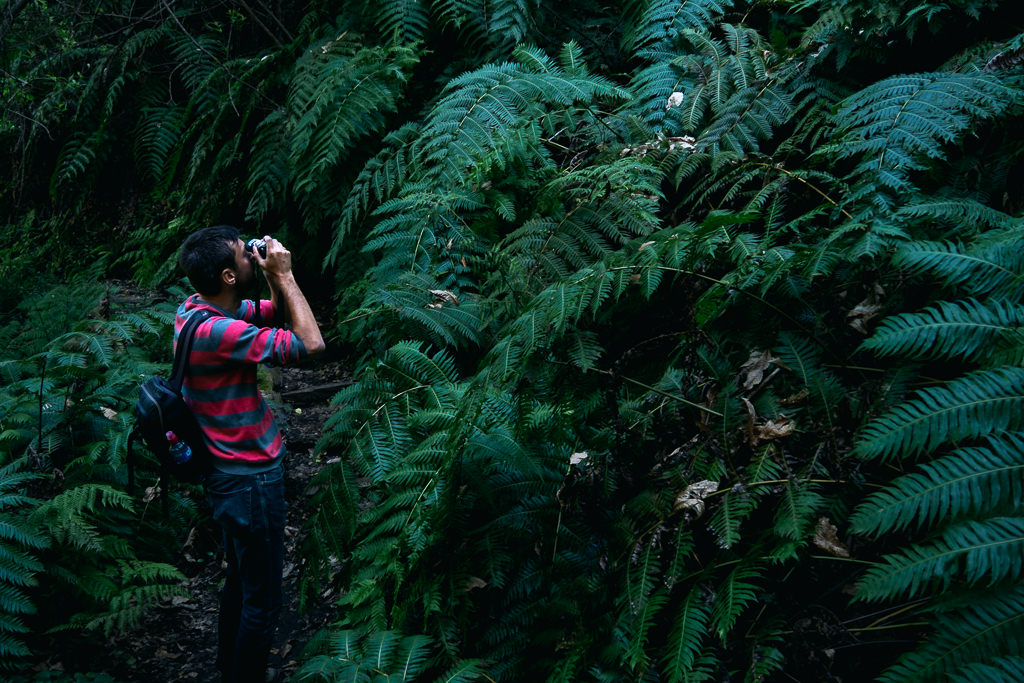 Trying to get that perfect shot of, umm, a fern?
Trying to get that perfect shot of, umm, a fern?Step 4: Refining and editing
Okay, while there’s less to say about this part because it’s more of an art than a formal process, it’s actually one of the most important steps!
What you see on the site is never the first draft. Often it involves multiple passes to refine a post. Bloated text may need to be trimmed, more specifics might have to be inserted, or structure and flow may need revising. The editing process can easily take more time than writing the initial draft. Often I leave a draft alone for a week or two so I can give it a final look with fresh eyes.
When working with the writing team, drafts will usually arrive more fully formed. But even then I still usually send back some notes or suggest ways of streamlining a few things.
Step 5: Adding layout for usability & immersion
Finally, it’s time to copy the article into WordPress, the content management system we use. As the post passes from the writer to the editors, it’s at this stage that the all-important finishing touches are made.
The layouting may actually be the secret sauce to all of this!
So much changes during this step. Articles now get fully formatted, and things like photos, internal navigation bars, sidebars, and info boxes now get added. In some cases we’ll create custom-made maps to visualize travel routes.
Most of the commercial elements of the site also come into play here: we make sure that affiliate partner links are included and that hotel and tour recommendations get properly highlighted so it’s easy to jump over to a booking page.
Perhaps you have noticed the look and feel of our articles improving a lot this year. I’ve actually had a lot of help with this lately! Oumi, our resident editor and layout specialist, takes care of transforming the plain text articles into visually engaging and immersive articles.
The goal is to ensure everything flows in the right way and all the elements contribute to a great user experience. Sometimes that means putting deeper information into collapsible tabs or putting important travel tips in callout boxes.
When we offer hotel or tour recommendations, it’s generally a mix of personal tips and extra options we’ve researched. Realistically they can’t all be personal recommendations, but they are still rooted in personal experience and research.
For instance, I might mention two places I’ve personally stayed, but then round it out with other tips from the travel community or picks from booking sites based on review score, proximity, or accommodation type. We try to have a mix of recommendations so you can find something matching your budget or vibe.
Monetization comes from a mix of things, but mostly it’s affiliate links. If you purchase something through these links, Indie Traveller gets a small commission. This is very different from sponsorships: often we don’t even have much or any contact with the companies involved as the links are automatic, and we can recommend or un-recommend anything we want at any time. Since it’s a win-win and it integrates so naturally into our regular content, it’s by far my favorite revenue model. Read more on the disclosure page.
Most of the photos we use are shot by me, but in many cases we’ll also supplement them with photos taken by the other authors or with licensed stock photos (these are from repositories where photographers can put their work for sale). Not every writer is also a photographer, so stock photos can often come in very handy. We look for photos that are not overly filtered so that they’re representative of the real place. (Many magazines actually have a ‘photo editor’ just for this purpose… and we actually do a bit of this too.)
Although most contents are locked-in by the time we’re doing layout, in cases where we’re improving an older guide it can still involve a lot of hands-on editing or refactoring.
Keeping content up-to-date
Okay, this part used to stress me out. A lot.
Around five years into my blogging career, I began to seriously fret about whether my earliest work was still accurate at that point.
As you’re surely aware… a lot of things change, destinations evolve, and travel content can easily become outdated. This is an issue that would genuinely keep me up at night. For a while I was haunted by the idea that some of my confidently stated tips from the past could send travellers down the wrong path. Not only that, I worried my blog was basically built on quicksand, with the oldest content always inevitably sinking into irrelevance.
A few times my worries were actually realized: for instance, someone told me of their intense disappointment when a river boat in Laos I’d recommended had stopped operating years ago, throwing their travel plans into disarray. It was a gut-punch knowing I’d disappointed this traveller. I made the necessery corrections right away but I knew I should have caught the error much sooner.
However, nowadays I’m not quite so nervous about older content. This is largely from having a much better updating process in place, but also by recognizing that travel info is usually quite a bit more durable than we imagine.
Backpackers often describe places as if they could be unrecognizably transformed in just the blink of an eye. But what I find is that, pandemics aside, that only rarely happens.
Of course, rapid overtourism and sudden vibe shifts do happen (see: Sihanoukville’s unbelievable casino boom-and-bust in Cambodia). But most destinations evolve at a pace that’s still trackable, especially if you’re plugged into the travel community. I think travellers often imagine they’re the last person to see the supposedly ‘authentic’ version of a place, but in reality many places evolve fairly gradually and remain quite consistent year to year apart from some details.
As long as a travel guide is sufficiently well-written in the first place, I believe it will generally have a solid shelf life of at least 5 years or so. Of course, you still need to do updates or corrections along the way, but the main contents will be usable for quite some time — unless maybe it’s a place that has truly gone viral.
The problem is: many people don’t see it that way!
I recently met a backpacker who said he never clicked on a blog title unless it had the current year in it. I hated to break it to him but basically no one does annual updates. (And ‘latest’ doesn’t always mean best!) However, it’s super easy to only change a few words and then stick a new year in the title. It’s a clever little trick and lots of bloggers do it.
I don’t do that, by the way. But I’m highly aware of perceptions, which is why (perhaps annoyingly to some) I put the post dates at the end nowadays. It’s there if you want to check it, but it’s not the first thing you see — because I want readers to focus on content quality, not just sheer recency. I do sometimes change the dateline, but only after a post has had major changes.
Anyway, most of the content on Indie Traveller gets a fresh look every 2 to 3 years. This is not a strict policy but what just ends up happening naturally.
Updates generally fall into three categories:
1. Desk update
Gathering the latest info from sources in a journalistic manner to correct and refine the guide. Example: In 2019 I did the Gibbon Experience in Laos, an epic zipline and tree hut ecotourism project. For a recent refresh, I checked the latest reviews, asked local sources, and exchanged some emails with the project’s director, who kindly helped correct a few bits of information (and even a monkey species I’d originally misidentified!). This post is now again 100% solid — I even think it’s the most helpful guide out there for anyone considering this unique tour.
2. In-person revisit
If possible, returning to a place for a full update is the preferred way. I know travellers who never want to go back to places they’ve already been, but I actually relish a revisit as it lets me go deeper and look at other angles. Some of my favorite recent content came from revisits: my itinerary for Java, Indonesia (now describing 2 different routes), my Morocco itineraries and fresh impressions of Marrakech (adding much more nuance), or my Mexico guides such as for Palenque that now includes, among other things, a section on a stunning but little-known waterfall hidden inside Zapatistas territory that I’d totally missed out on before.
It’s possible a team member who has been somewhere more recently handles the update, in which case we might just overwrite the original post. For instance, we recently replaced my dusty 2019 take on Kampot in Cambodia with Dustin’s excellent new guide based on visiting this year.
3. Retiring the post
Sometimes you’ve just got to call it and pull the plug. If an older guide can’t be properly refreshed, I’m OK with just deleting it, especially if it’s outside Indie Traveller’s current focus. Other times a post is archived but given a disclaimer. For example, my pre-conflict Myanmar post is still there but with a note. If the dust ever settles there, I’d love to update it.
Now, if you dig deep into the Indie Traveller archives you can still find a few posts going as far back as 2012 (!). Usually these are more personal posts I just kept around for maybe longer than I should. I’m still planning some spring cleaning. But generally we have a pretty good rhythm of updating existing core content.
By the way, you can help us with this! If you find that anything has changed, please leave a comment, DM, or email. This can in turn help other travellers.
For instance, thanks to reader input we quickly got wind of the fact that — just 4 months after we published our guide to Cat Ba Island in Vietnam — a ghastly construction project had taken over the main town. While we didn’t recommend staying there anyway, we quickly added a note about the even worse vibe in Cat Ba Town.
We won’t always get things perfectly right, but we try to keep things up-to-date as best as we can.
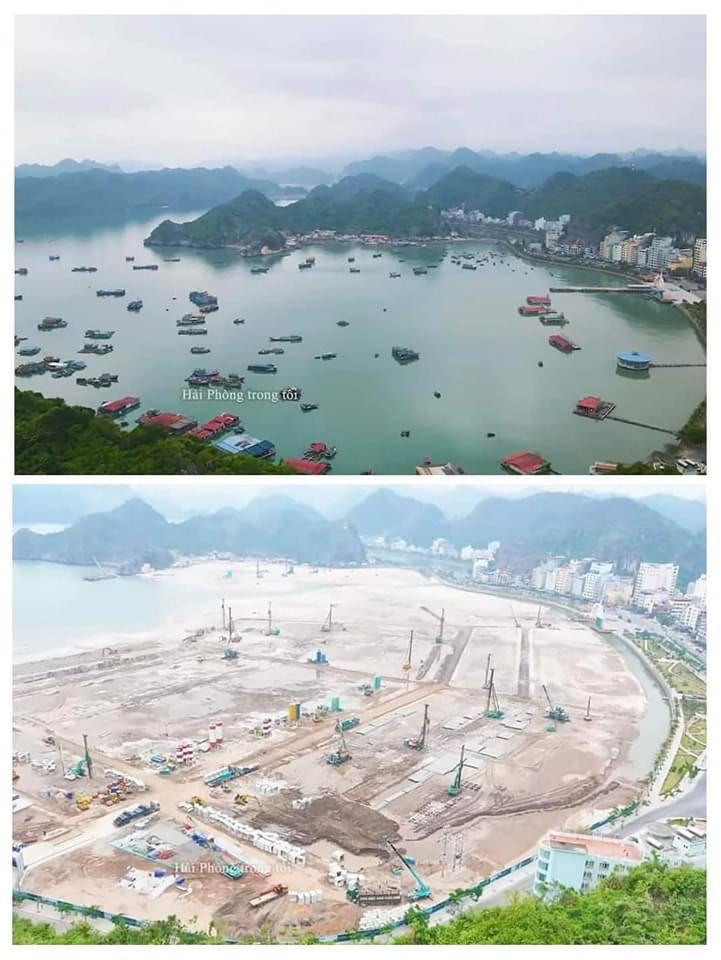 Cat Ba: one of those cases where a place actually DOES change overnight — and anyone planning a visit should know about it immediately. Image: Reddit
Cat Ba: one of those cases where a place actually DOES change overnight — and anyone planning a visit should know about it immediately. Image: RedditIn conclusion
Reading all this back, it occurs to me that “travel blogger” doesn’t really quite capture what I do. I’m much more a writer/publisher/editor than this term suggests.
Indie Traveller actually isn’t really a blog — like a place for chronological social-media-style posts. It’s much more of an evergreen resource. I constantly add posts I think will be interesting, prune outdated ones, and try to fit posts together within larger topics like lego bricks so they become more useful together.
I hope you enjoyed this little peek behind the curtain. While many different elements go into what I do, my end goal is quite simple: to create authentic travel guides by travellers, for travellers — the kind you’ll never get from AI or content farms.
Inevitably, we’ll still make plenty of mistakes (we’re mere humans, after all). If you have feedback or corrections, you’re always welcome to share it in a blog comment, YouTube comment, DM, or email And if our approach resonates with you, I hope you’ll keep coming back! To stay in the loop, consider subscribing so I can tell you about our new travel guides when they’re published.



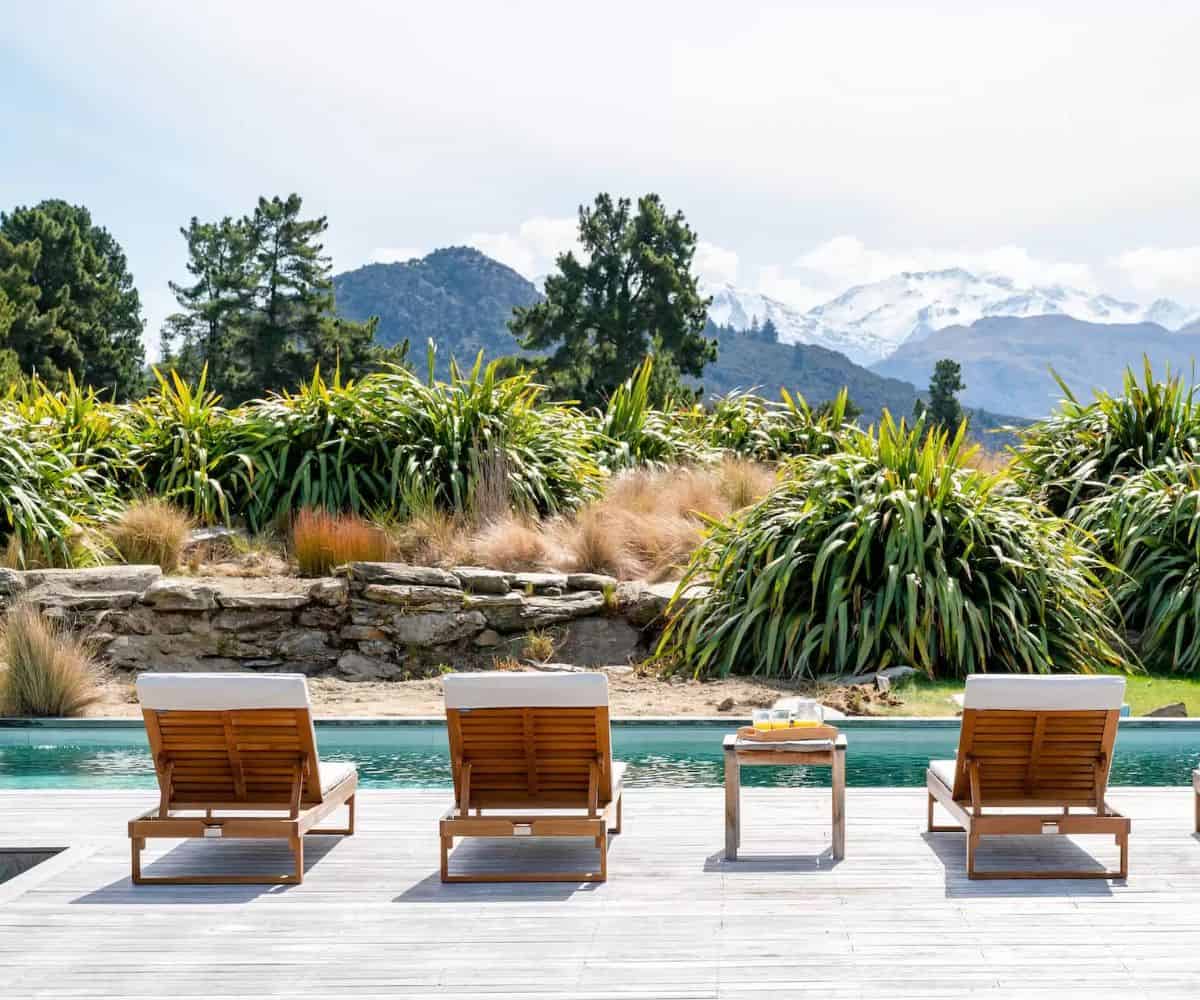
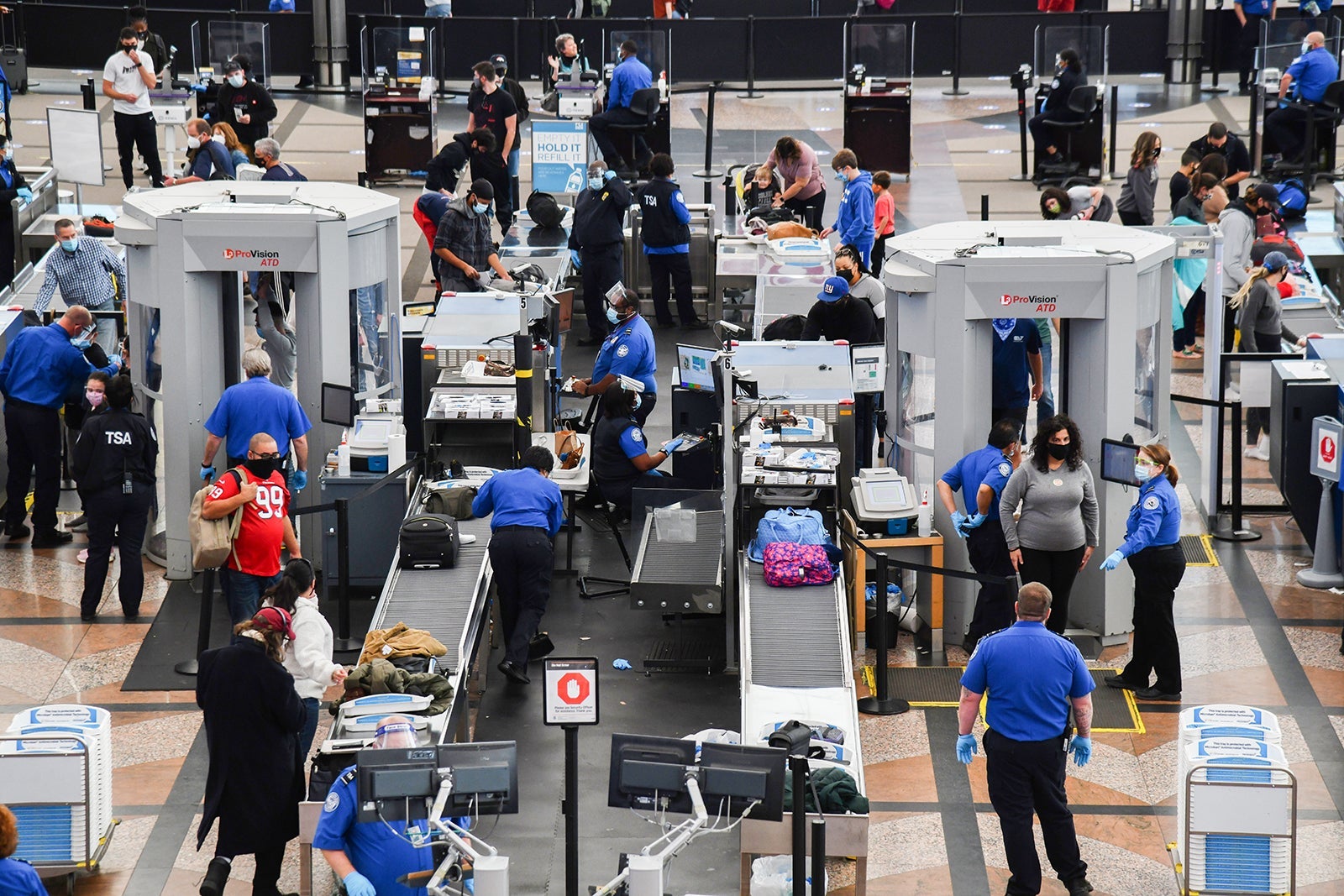

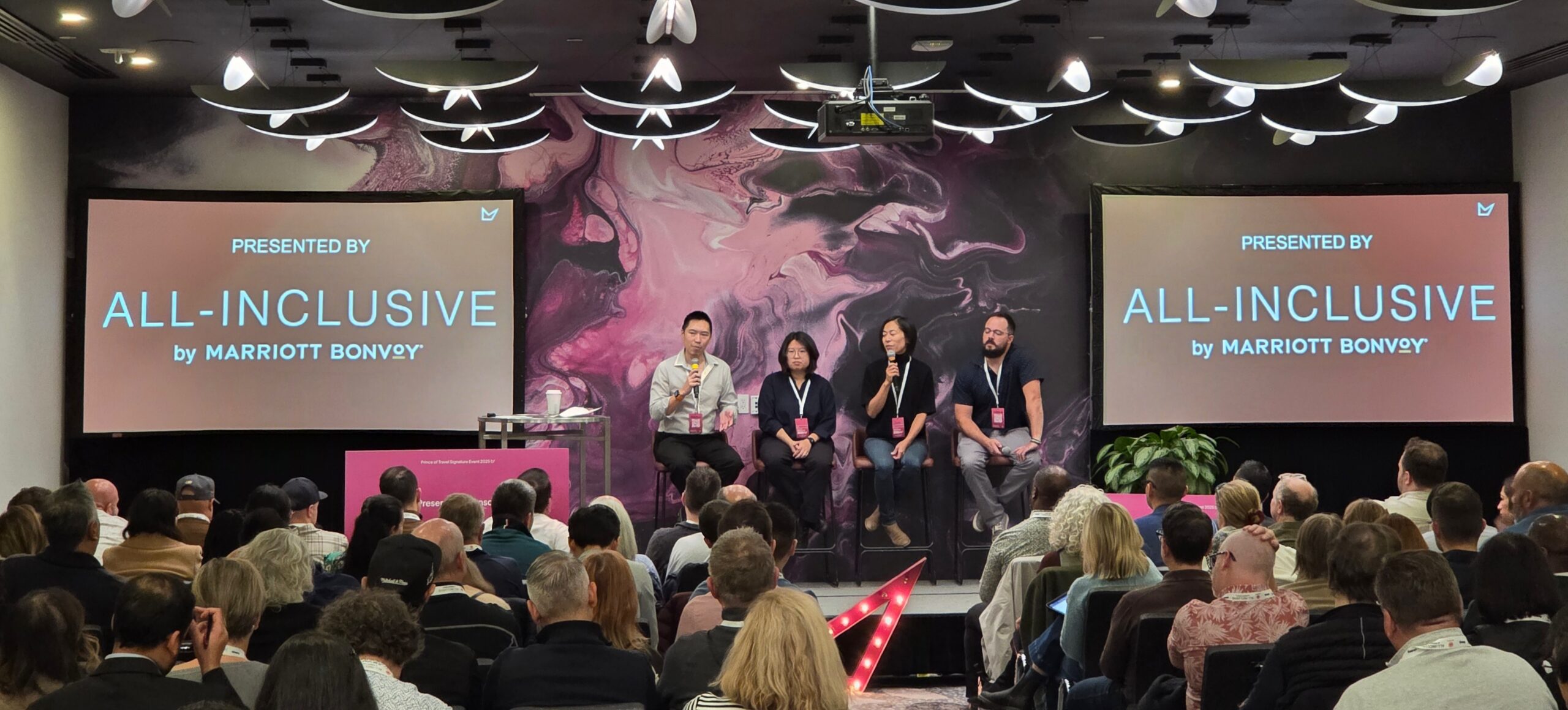

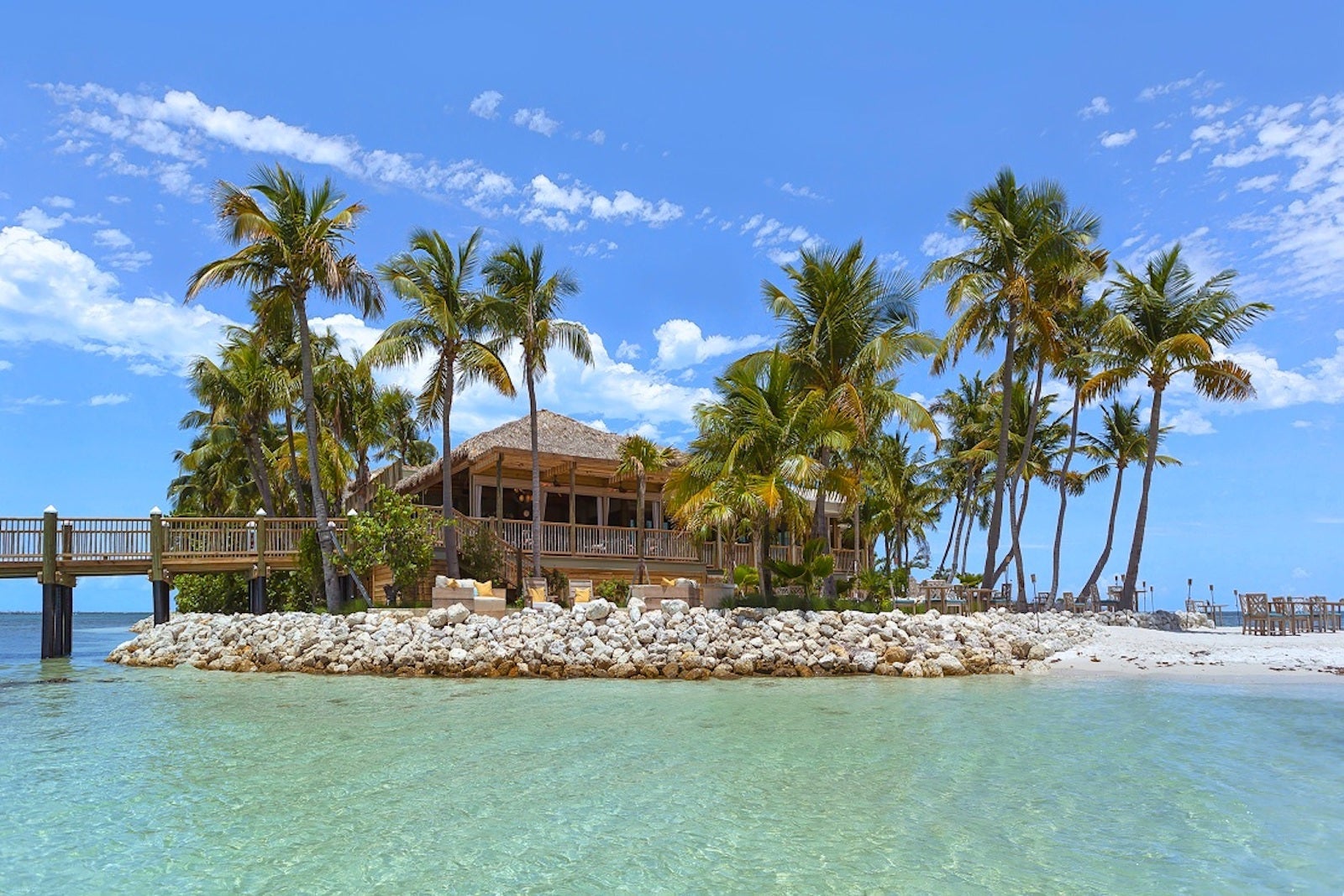

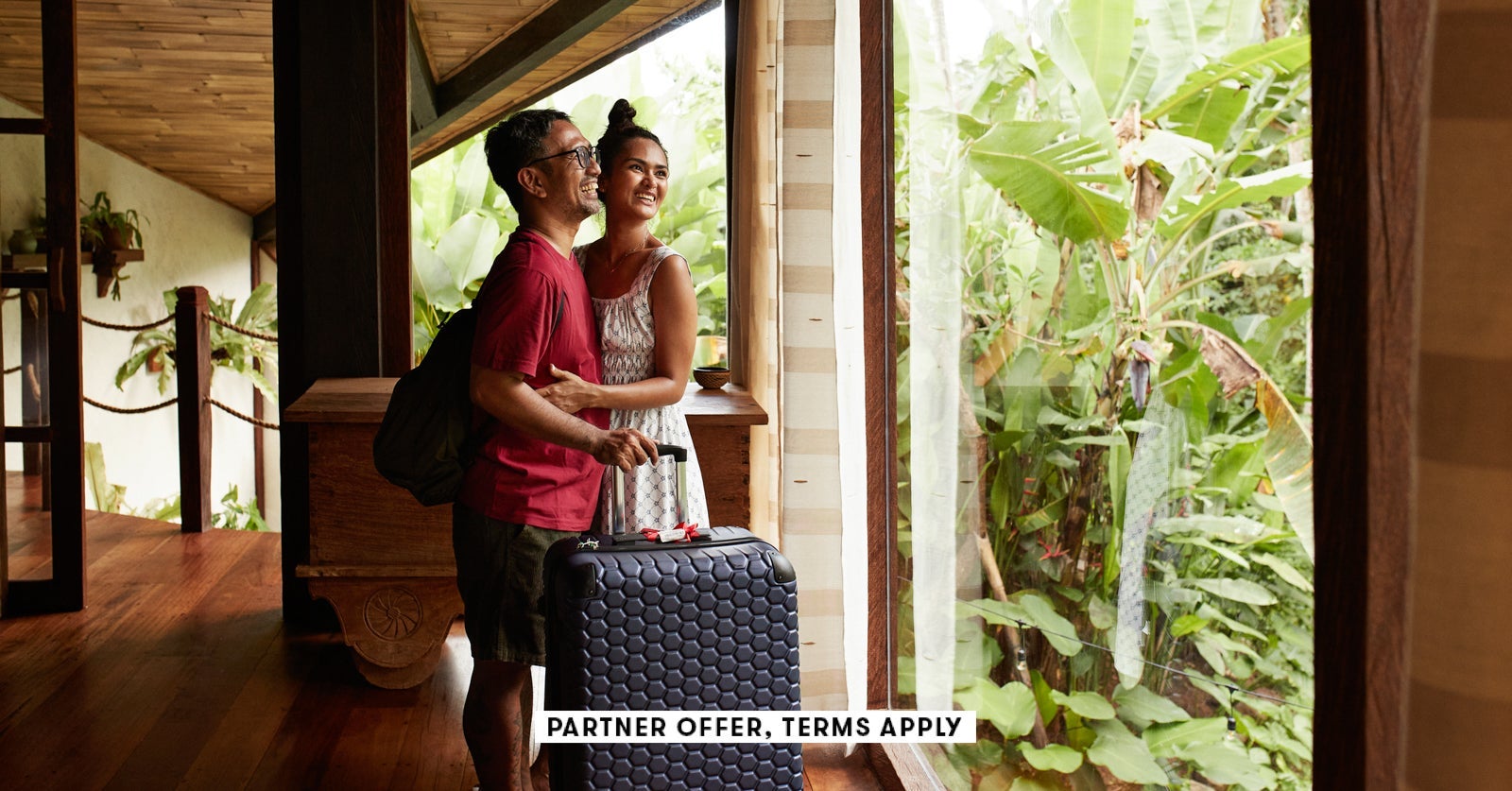


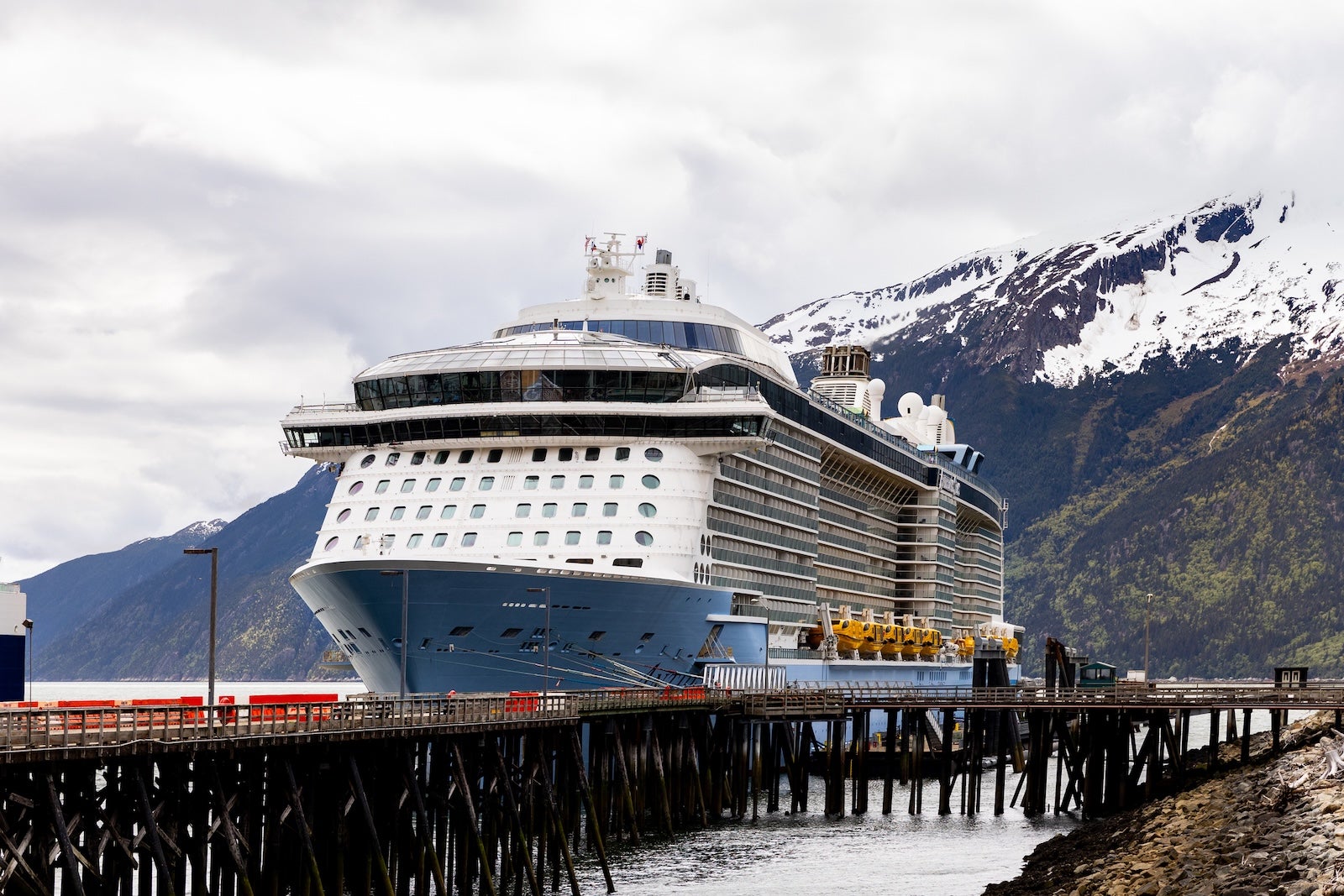


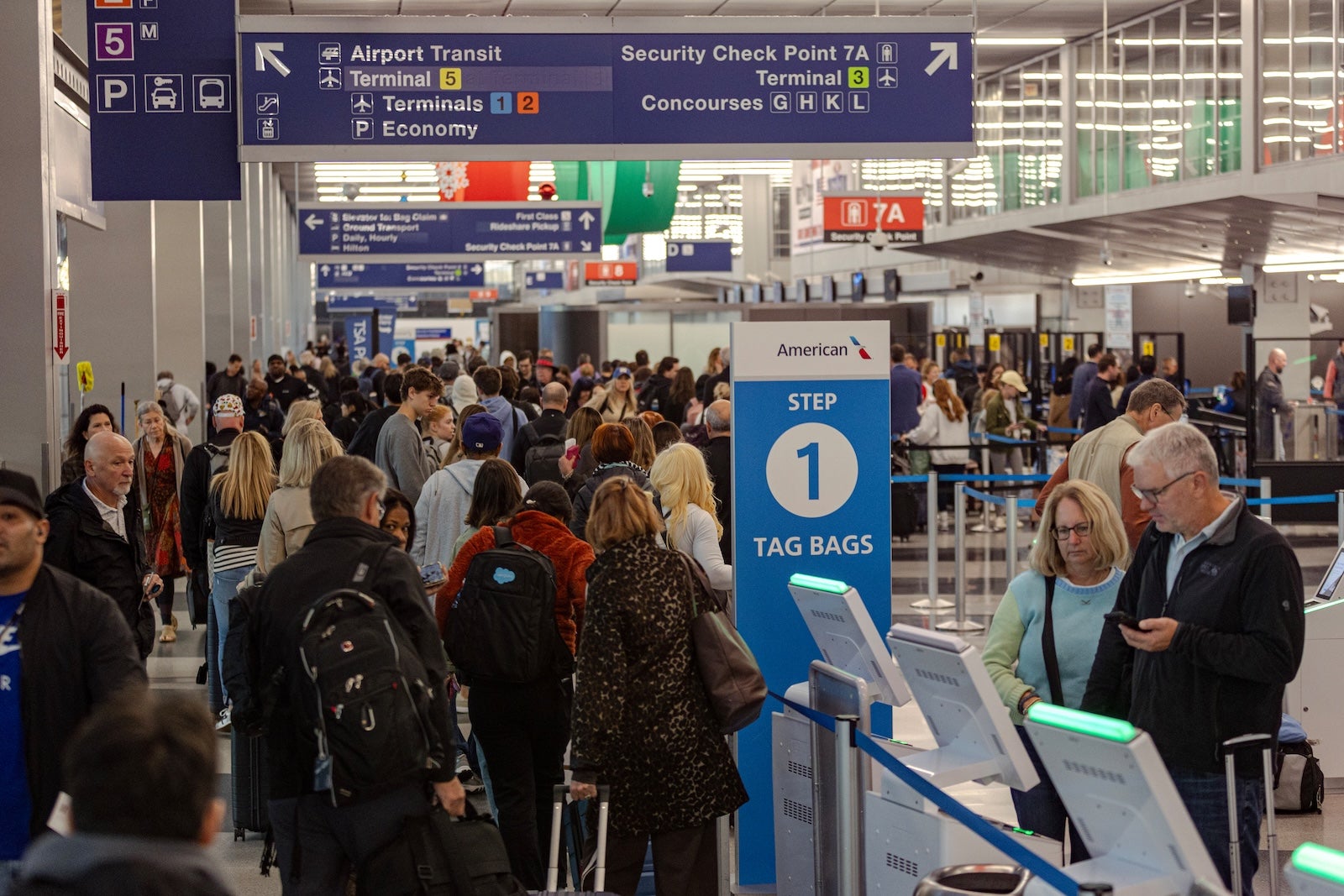
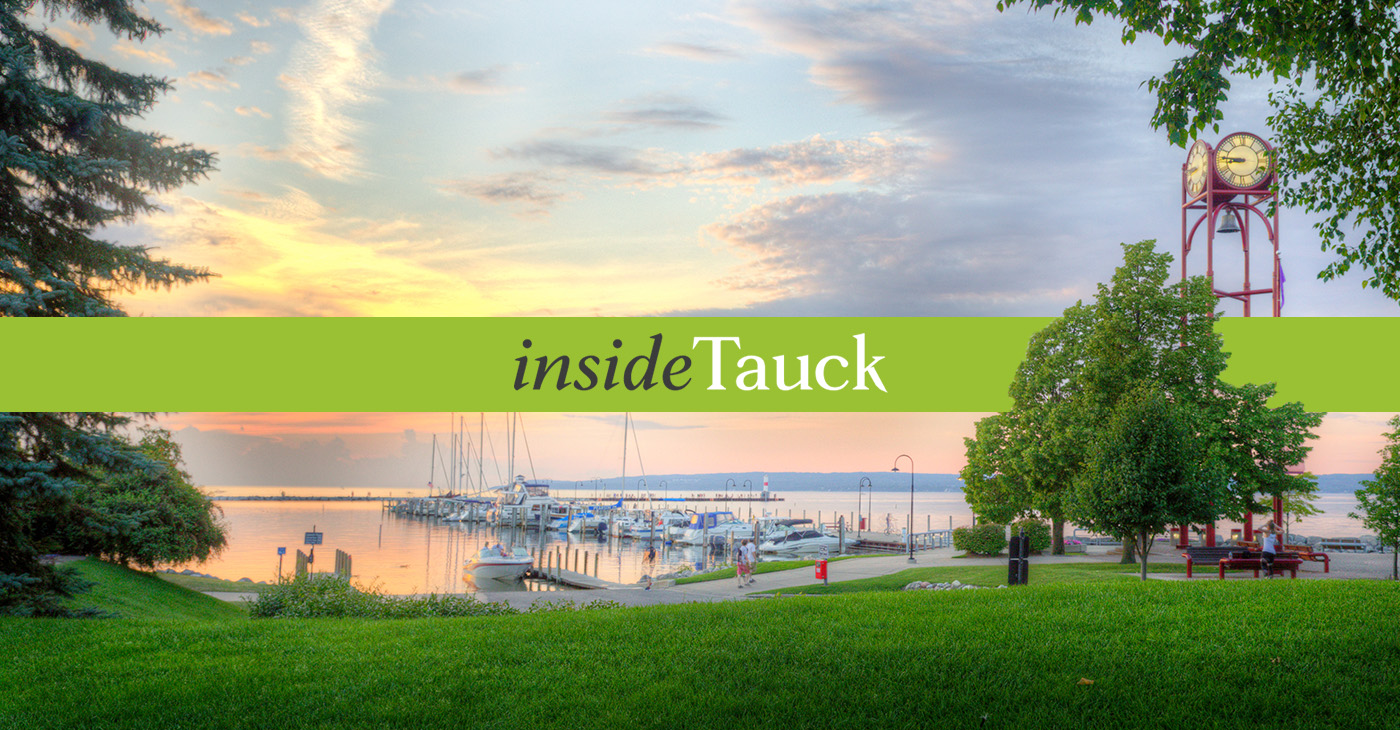

 English (US) ·
English (US) ·